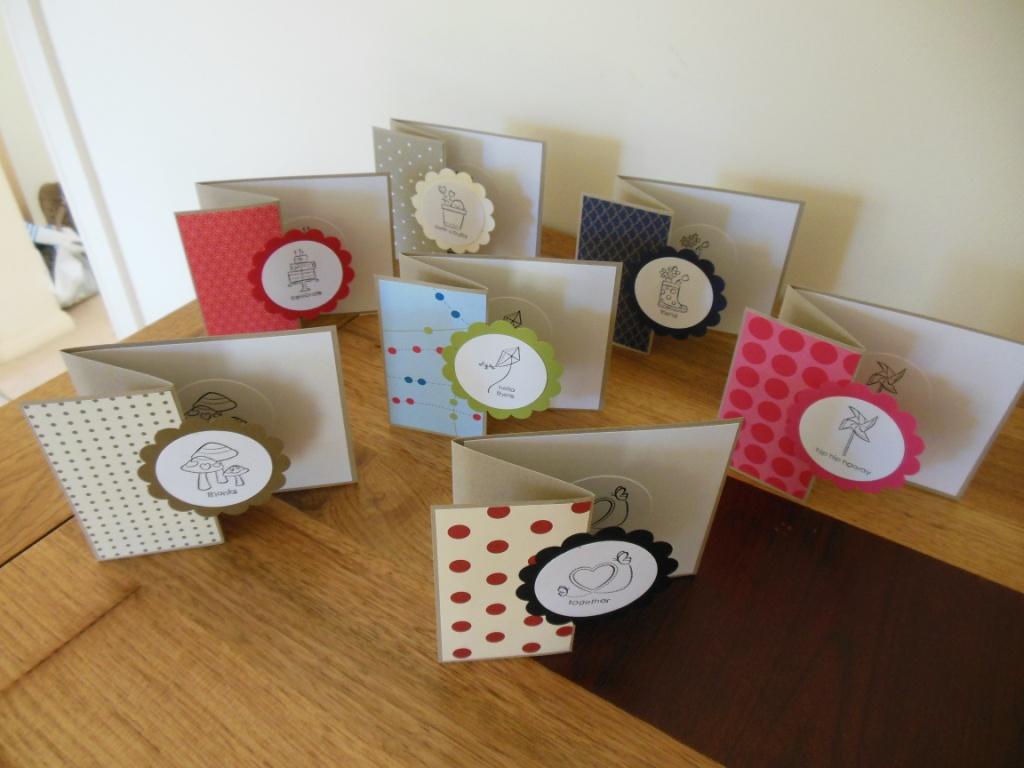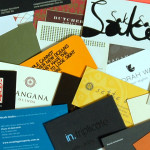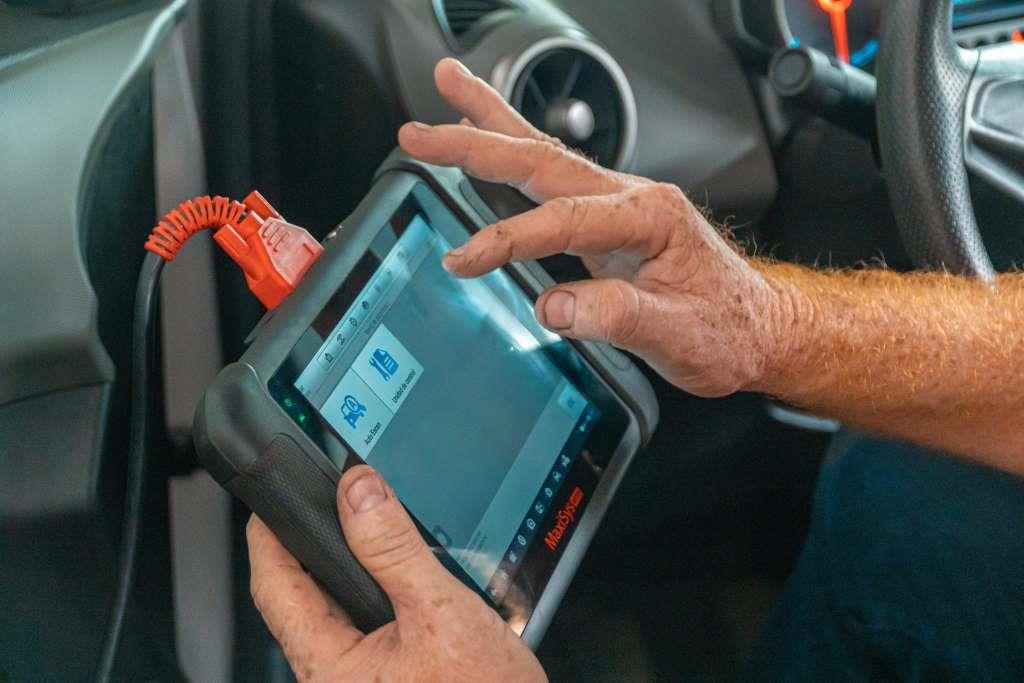Card making is a great hobby and one that your friends and family will love as much as you due to the fact that they will receive lots of beautiful handmade cards on Birthdays and at Christmas. A spark of excitement can thrill through us when we hear the words “these are great, why don’t you sell them?” and get us thinking about how we can move our hobby to the next level. There are a number of ways that card makers can widen their audience and start making money from this rewarding hobby. Whether the goal is simply to cover the costs of your time and materials or whether you want to see your cards on the shelves of all the local stationary stores, here are a few tips for the would be entrepreneur.
Tip 1: Think in Bulk
One of the main problems that card makers face when they decide to sell their greetings cards are the low profit margins. Time and material costs often eat away at the margins as does the fact that many stores (especially if you are a first time seller) will want them on a sale or return basis. This is where thinking in bulk will help. Whilst most people only purchase a single card, a bride or party thrower will often purchase up to a couple of hundred in one go. This means that you can buy your materials in bulk too, saving yourself some money and instantly increasing your margins.
Tip 2: PIY – Print It Yourself!
For card makers who use graphic design & illustration to create their cards the cost of printing is often the biggest challenge to overcome. Many printers will also require a minimum order quantity which can be a challenge for the first time seller. With a decent printer and a bit of practice most card makers should be able to print their cards at home to a good standard. Printer specifications will often list what gsm of card/paper can be used and card makers should find the printer with the highest gsm listing. Once you have a printer you should practise with your alignment and colours to ensure that the finished print is exactly what you are looking for. The wide range of card stock that is available means that you can opt for a number of finishes (matt, gloss, Kraft and so on).
Tip 3: Find Your USP’s
There is a heck of a lot of competition in the handmade greetings card world thanks to online market places like Etsy and Not On The High Street. What is the unique selling point of your cards? To find out you should ask yourself questions like:
– What type of cards can I make that no one else can?
Perhaps you also make jewellery and have found a way to create cards with jewellery attached. Maybe you can draw bespoke portraits by hand and print them on to cards for a truly personalised greeting?
– Is my pricing/quality better than the competition?
This doesn’t necessarily mean that you have to stack ‘em high and sell ‘em low. Perhaps you have decided to focus on high end/luxury cards for which you charge slightly less than other luxury card sellers. Perhaps you use a higher quality base card or envelope?
– What makes my business different from everyone else’s?
Maybe you only use environmentally friendly card and materials? Maybe you give 10% of everything you make to charity or perhaps you have a rewards club of some kind?
Turning your hobby into a business can be extremely rewarding. I hope that these three tips are helpful for you and sparks off lots of inspiration for moving your ideas towards creating a successful business.
This article was written by Vicky, a keen card maker and craft enthusiast who works alongside textile printing company Stuart Morris.
Vicky Ellie
Latest posts by Vicky Ellie (see all)
- When Brand Extension Goes Wrong: Bizarre Promotional Products - May 11, 2014
- Rebranding Sport for a Modern Audience - May 3, 2014
- 6 Car Safety Technologies Of The Future That Might Blow Your Mind - April 29, 2014
















